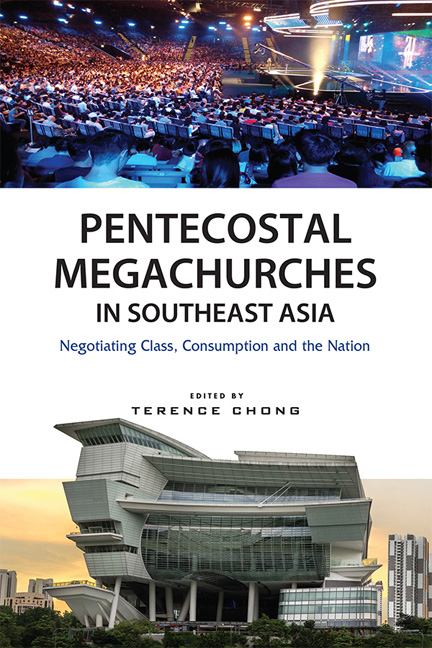1 - Introduction
Published online by Cambridge University Press: 04 July 2018
Summary
The global success of Pentecostalism has made it necessary to speak of different Pentecostalisms. From the United States to Latin America, East and Southeast Asia, Pentecostalism has been shaped by different politics and cultures. One might even say that Pentecostal pluralism has ensured not just its survival but its continued cross-cultural flourish. Indeed, Pentecostalism's ability to adapt practices and theologies to local conditions has seen the faith emerge in a multitude of expressions while retaining enough common characteristics for global coherence. Its global spread began in the nineteenth century through the flow of Western missionaries, sometimes via the passage of colonialism, and has hinged on its simultaneously indigenizing and transnationalizing nature. For the most part, these Western missionaries, many of whom may not have been Pentecostals to begin with, in setting up churches in foreign lands had embarked on a de facto indigenization process through various actions such as their reliance on local interpreters, the communication of the Gospel through local idioms, and the eventual training of local clergy. The practical needs of proselytizing in a foreign land ensured that the Gospel was always understood through a local cultural prism, much in the same way contemporary preachers are prone to framing sermons around topical national events and local issues from their pulpits to add just that touch of relevance to the Word of God. To be able to see the divine through the local has made the Pentecostal experience a unique one.
Furthermore, the numerous Pentecostal revivals around the world that pre-date the 1906 Azusa Street revival in Los Angeles suggests that the indigenization process was not merely driven by practice and methods but also by the careful choice of relevant messages. The Gospels, its parables, and message of hope and salvation were crafted not as straightforward Judeo-Christian narratives for consumption by different communities, but as divine restoration that spoke to the wants of different locales fashioned from a common text. Korean Pentecostalism's emphasis on divine healing resonates with the Korean worldview on the wounding of the han (or ethnic essence) of communities caused by wars, colonialism and poverty.
- Type
- Chapter
- Information
- Pentecostal Megachurches in Southeast AsiaNegotiating Class, Consumption and the Nation, pp. 1 - 18Publisher: ISEAS–Yusof Ishak InstitutePrint publication year: 2018

